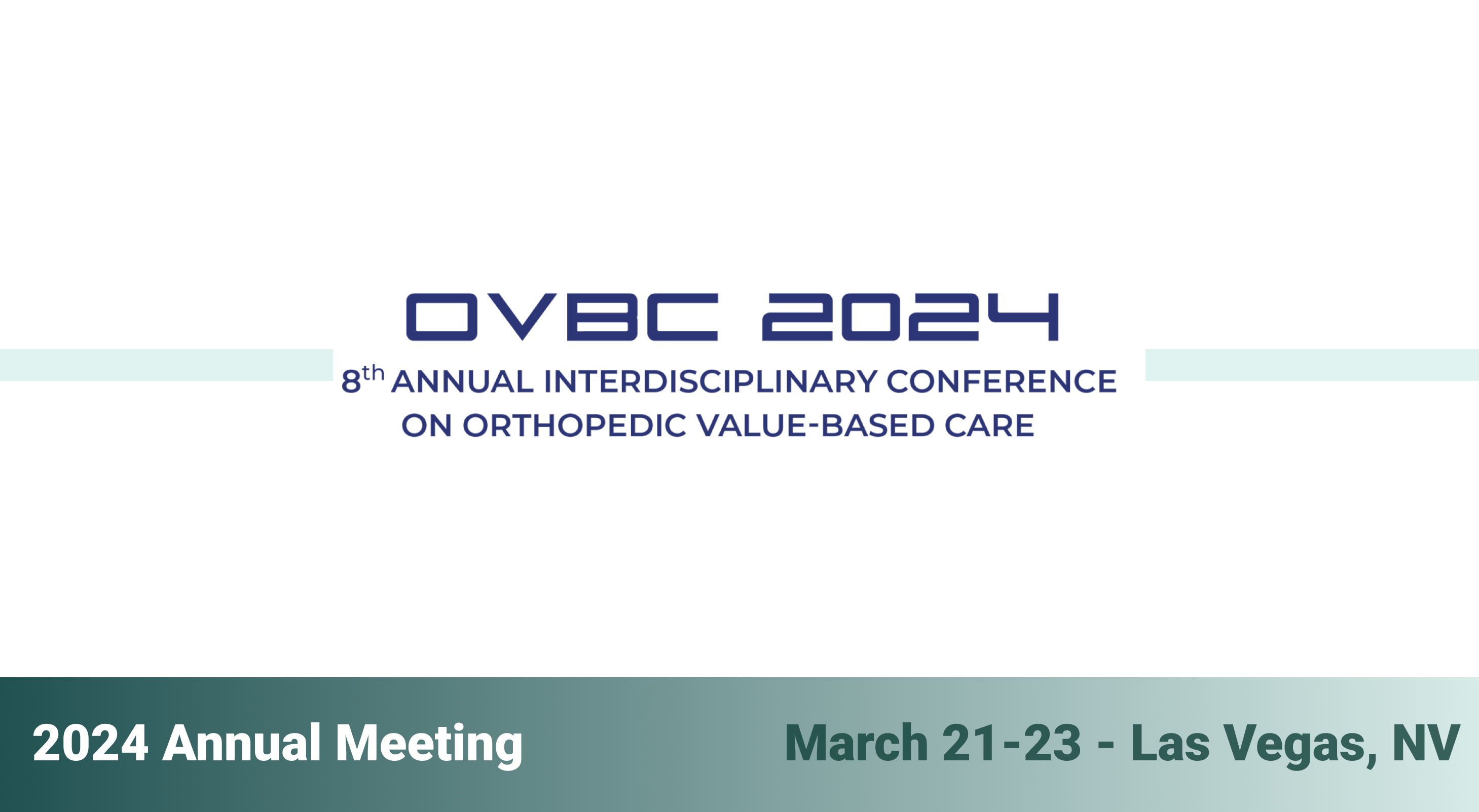Understanding the Difference: AAOS PROMs Vendor Selection vs. AAOS Registries Powered by PatientIQ
Key Takeaways Many vendors have been selected to participate in the AAOS PROMs Vendor Program The Vendor Program is designed to offer a library...
Seamlessly deploy a scalable, EHR-integrated patient-reported outcomes (PRO) program to enhance patient insights and performance
Rapidly deploy clinical studies and registries on the EDC platform preferred by investigators
Prove your value by benchmarking your PROs against PatientIQ’s industry-leading real-world PRO dataset
Unparalleled expertise to help you leverage outcomes data and meet your clinical and operational objectives
2 min read
Kara Linde : Jun 6, 2024 10:00:00 AM
The AAOS is on a mission to improve orthopaedic fracture care through the collection, analysis, reporting and research on traumatic fractures of the extremities and pelvis. Together, the AAOS and PatientIQ offer a fully EHR-integrated solution for participation in the Fracture & Trauma Registry (FTR) to all qualifying organizations.
Dr. Michael J. Gardner, MD, FAAOS from Stanford Medicine played a vital role in creating the Fracture & Trauma Registry (FTR). Initially, his institution encountered challenges in collecting and aggregating registry data. By leveraging PatientIQ to automate this process, Dr. Gardner's team can now fully realize the benefits of registry participation. His motivation for creating the FTR and his experience in implementing the EHR-integrated solution at Stanford provides a blueprint for other organizations looking to improve the quality of patient care.
Dr. Gardner’s motivation for FTR participation:
As stated by Dr. Gardner: “Registries have been around for a while now and I think their importance is no longer a question. We all can acknowledge that in order to practice to the best of our ability and determine the quality of care that we provide, we need to have a systematic way to collect and report on our data as a specialty.”
Stanford's goals for participating in the FTR include:
Improved patient outcomes
Benchmark against national data
Implement evidence-based practices
Quality improvement
Track performance metrics
Identify and close care gaps
Clinical research
Access comprehensive data for research
Develop and test new surgical protocols
Personalized patient care
Utilize patient-reported outcomes
Enhance patient engagement
Challenges faced by Stanford Medical
The main challenges in FTR participation at Stanford were categorized as follows:
Clinical burden to collect patient-reported outcomes data
IT burden to extract, aggregate, format and submit data each month
Lack of advanced data available in the EHR for registry-specific use cases
The challenges Stanford faced are not uncommon. Dr. Gardner acknowledges that every healthcare organization is working with a unique EHR system. Even if the EHR platforms are the same, every build is different and every healthcare IT department has different approaches, budgets, and capacity. Investing time and resources into building infrastructure for registry participation can be a large ask for a health system - which is why the FTR has partnered with PatientIQ.
Stanford’s FTR participation powered by PatientIQ
PatientIQ has partnered with AAOS to provide automation technology that supports FTR participation. This build is what PatientIQ CEO, Matt Gitelis, likes to call a “modern registry.”
Stanford Medical runs on Epic as their EHR, as do many academic medical centers and large hospitals. Alongside Dr. Gardner, PatientIQ recognizes that EHR builds can differ drastically. Therefore, PatientIQ built automation into Epic’s core functionalities that have been made consistent across their installations. PatientIQ maintains an app in the Epic App store that has pre-built connections for registry participation that simply had to be installed into Stanford’s local environment.
Stanford chose to power their FTR participation via PatientIQ in order to achieve the following:
Automated collection of procedure data
Automated collection of patient-reported outcomes data
EHR-embedded forms to collect clinician-entered, advanced data
Data aggregation and translation to meet registry specifications
Automated monthly submission to AAOS
As stated by Matt Gitelis: “Stanford will now be able to see all of their cases that have been performed, including their PROMs, as well as how they're stacking up versus other participants of the FTR. This is what we're so excited about. This is what becomes fun. Together, we can start learning and advancing evidence-based trauma care.”
Watch both Dr. Gardner and Matt Gitelis speak in more detail about Stanford’s experience in the FTR powered by PatientIQ in this presentation:
PatientIQ is the largest and fastest-growing healthcare technology partner for deriving actionable insights from patient outcomes data. The PatientIQ platform empowers health systems, specialty practices, and medical device companies to systemically collect and analyze patient-reported outcomes data to improve clinical and operational performance. In addition to outcomes collection and analysis, the platform facilitates collaboration, bringing together data-driven organizations from across the country to accelerate research and push medicine forward.
Key Takeaways Many vendors have been selected to participate in the AAOS PROMs Vendor Program The Vendor Program is designed to offer a library...

Participation in the American Spine Registry (ASR) provides unparalleled opportunities for neurosurgical and orthopaedic spine practices to improve...

Key Takeaways OVBC 2024 is in one week! The 8th annual conference is focused on maximizing value for both the patient and the practice ...